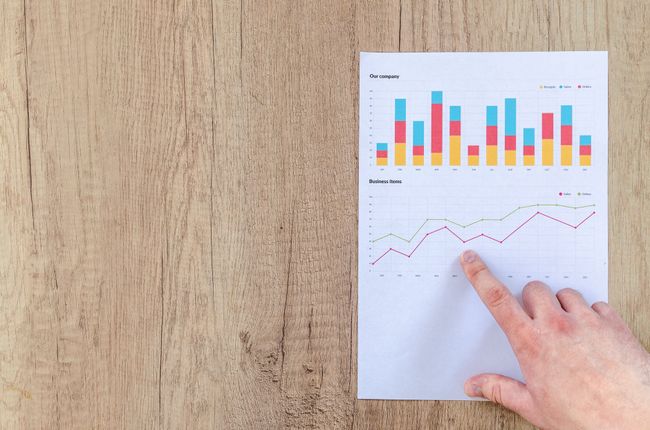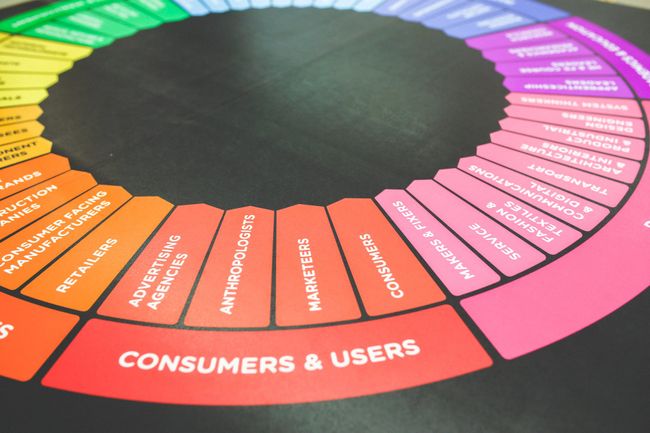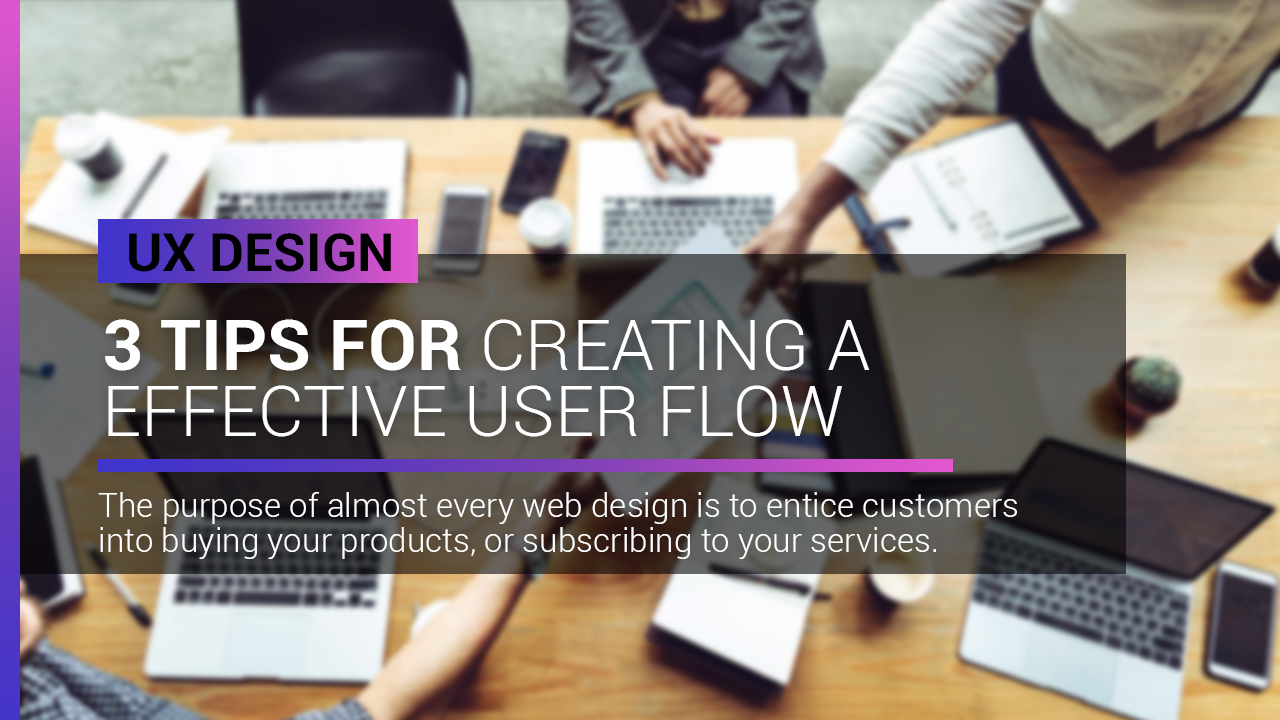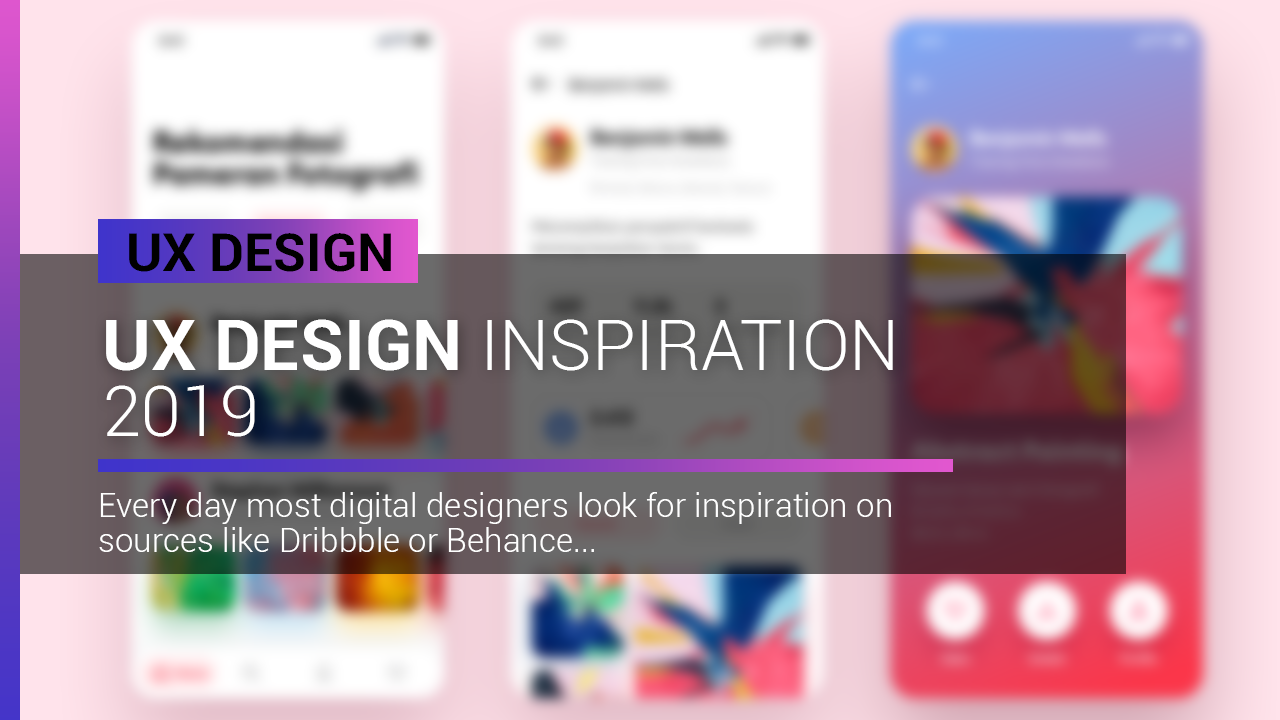Plan your user experience requirements around user goals and stakeholder business strategies to ensure success.

Successful UX design doesn’t happen through luck. Great design happens when UX strategy has been applied. UX strategy is a science, made up of tried and tested theories that have been proven to work. Instead of diving in blindly and hoping for the best, taking time to consider UX strategy will stop you wasting time and energy correcting mistakes after you’ve gone live.
<script async="" src="//pagead2.googlesyndication.com/pagead/js/adsbygoogle.js"></script>
<ins class="adsbygoogle" style="display:block; text-align:center;" data-ad-layout="in-article" data-ad-format="fluid" data-ad-client="ca-pub-9060618990226604" data-ad-slot="7298443939"></ins>
<script>
(adsbygoogle = window.adsbygoogle || []).push({});
</script>Our expert tips will set you on the path to UX success, and when you’re done designing you’ll need to test your product so check out our pick of the best user testing software around.
1. Define your strategy

Before you start planning your strategy, it would make sense to understand what it entails and whether or not you actually need one based around the user goals and business strategy. But investing in a UX strategy makes sense and businesses that do so enjoy increased ROI and enhanced productivity, as well as reduced product development risk.
2. Research and learn

Research would be the very first thing any UXer should start with. A well designed strategy is founded on a bedrock of data-driven research and will give you a clear idea of ‘who, what, why, when and how’. Research can be done using two types of methods – quantitative and qualitative. Qualitative methods tend to be stronger for answering ‘why’, while quantitative methods do a better job of answering ‘how’.
3. Plan user stories and scenarios

Based on the research you’ve obtained, you can now define your users as personas, which will then allow you to start creating user stories, scenarios and user flows. User stories highlight the needs that may differ from user to user, and these stories are elaborated upon through scenarios. Lastly a user flow can be created based on these stories and scenarios.
4. Explore

We now have a solid idea of how our product will flow, and now we can begin to explore creative ideas. This can be done the old fashioned way by using a pen and paper and can be done alone or as a team. These sketches will then lead on to wireframes and will give you a clearer idea of the layout and functionality. Then we can start adding some functionality by creating prototypes.
<script async="" src="//pagead2.googlesyndication.com/pagead/js/adsbygoogle.js"></script>
<ins class="adsbygoogle" style="display:block; text-align:center;" data-ad-layout="in-article" data-ad-format="fluid" data-ad-client="ca-pub-9060618990226604" data-ad-slot="7298443939"></ins>
<script>
(adsbygoogle = window.adsbygoogle || []).push({});
</script>5. Consider communication and usability

As the saying goes, ‘content is king’ as it’s the content that feeds the design. Dealing with content can be tricky. Have we got the right images? And do we need a UX writer? Then we need to think carefully about accessibility and usability, are we complying to set guidelines and regulations. For us, to be user-centric we need to make sure our product is open ground for the targeted user.
6. Begin the visual design

At this point we are now ready to begin the visual design. This step can be somewhat subjective as most designers have their own process. But in general you would expect designers to create a style guide or a UI pattern library first. You could also create mood boards that allow you to get inspiration from others. And lastly think about responsiveness (mobile first) and how they will interact with your product.
7. Test your product

Designing products is all about creating the best experience you can. So testing it in various ways is vital to its success when it’s put out there in the real world. A/B testing is a great way of assessing things and is probably the most common way of testing, along with surveys or polls that allow you to ask your active users for their honest opinion.
Don’t forget – do your research
The saying goes, if you’re not doing research, then you’re not doing UX. Basically, user research is the comprehensive and multi-layered activity whose aim is to collect information about the potential target audience of the product. The user researchers collect and then analyse the information obtained from real users, and this outcome usually allows the UX design team to work on the optimal solutions that will make the product user-friendly, less problematic and more attractive.
The
research can be done by many ways, but offering user surveys
(quantitative) doing face-to-face interviews (qualitative), creating
personas and arranging focus groups, are the most popular ways and will
return the most useful data. Even though research will weed out
potential issues, it should also be remembered that removing the
mistakes in design, even if it’s already high-fidelity level, is faster,
cheaper and less painful for users than fixing negative issues with an
already launched and operating product.
Check out the Complete Beginner’s Guide to UX Research for more information and direction.
This article was originally published in issue 285 of creative web design magazine Web Designer. Buy issue 285 or subscribe to Web Designer.
<script async="" src="//pagead2.googlesyndication.com/pagead/js/adsbygoogle.js"></script>
<ins class="adsbygoogle" style="display:block; text-align:center;" data-ad-layout="in-article" data-ad-format="fluid" data-ad-client="ca-pub-9060618990226604" data-ad-slot="7298443939"></ins>
<script>
(adsbygoogle = window.adsbygoogle || []).push({});
</script>


